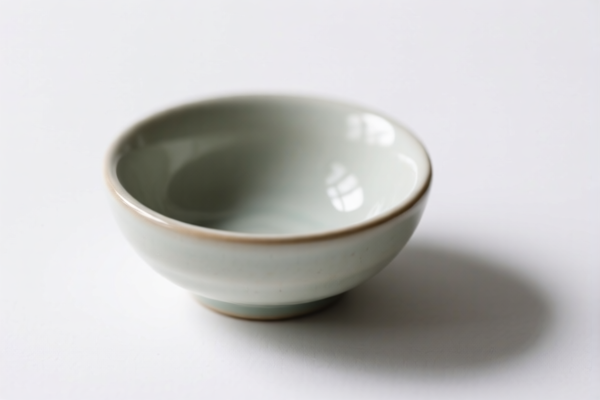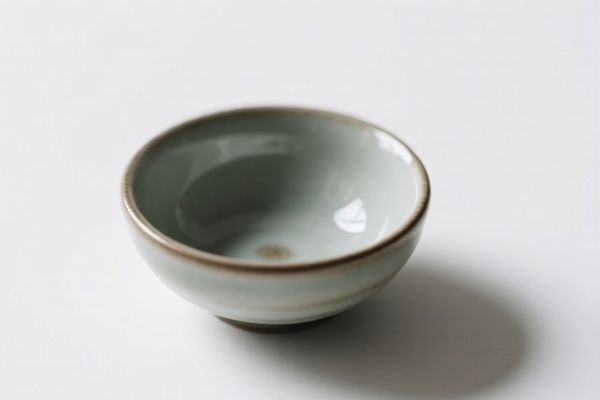| HS Code | Official Doc | Tariff Rate | Origin | Destination | Effective Date |
|---|---|---|---|---|---|
| 8531801500 | Doc | 31.3% | CN | US | 2025-05-12 |
| 8531809041 | Doc | 37.5% | CN | US | 2025-05-12 |
| 7326908688 | Doc | 82.9% | CN | US | 2025-05-12 |
| 7326908605 | Doc | 82.9% | CN | US | 2025-05-12 |
| 7325995000 | Doc | 82.9% | CN | US | 2025-05-12 |
| 7325991000 | Doc | 80.0% | CN | US | 2025-05-12 |




Small Bell
A small bell is a percussion instrument, typically handheld, producing sound through the striking of a clapper or striker against its interior surface. They are characterized by their compact size and often, a clear, high-pitched tone.
Material
Small bells are commonly fabricated from:
- Brass: Offers a bright, resonant sound and is a frequently used material due to its affordability and workability.
- Bronze: Produces a richer, more complex tone than brass, often preferred for higher-quality bells.
- Steel: Can provide a sharper, more penetrating sound.
- Ceramic/Porcelain: Used for delicate, often decorative bells, producing a higher, more brittle tone.
- Glass: Similar to ceramic, used for aesthetic purposes, resulting in a fragile, high-pitched sound.
- Plastic: Commonly used in inexpensive, toy bells.
Purpose
Small bells serve a diverse range of purposes:
- Signaling: Historically and presently used for alerting, announcing, or summoning. Examples include school bells, service bells in restaurants, and bicycle bells.
- Musical Instrument: Incorporated into various musical ensembles and genres, providing percussive accents or melodic elements.
- Ceremonial/Ritualistic: Used in religious ceremonies, spiritual practices, or celebrations.
- Decorative: Employed as ornamental objects, often featuring intricate designs.
- Animal Training: Used as a positive reinforcement tool to signal rewards or completion of tasks.
Function
The function of a small bell relies on the principle of vibration. When the clapper strikes the bell’s interior, it causes the bell to vibrate, producing sound waves. The pitch and tone are determined by the bell’s size, shape, material, and thickness.
Usage Scenarios
- Restaurants: Service bells are used to call waitstaff.
- Schools: Traditional school bells mark the beginning and end of classes.
- Bicycles: Bicycle bells alert pedestrians and other vehicles.
- Music Therapy: Used for sensory stimulation and relaxation.
- Handbell Choirs: Multiple bells are used to create complex musical arrangements.
- Spiritual Practices: Meditation bells aid in focus and mindfulness.
- Crafting/DIY: Incorporated into wind chimes, mobiles, or other decorative projects.
Common Types
- Service Bells: Typically brass, with a dome-shaped body and a spring-loaded clapper.
- School Bells: Often steel or cast iron, larger in size, and traditionally rung manually.
- Handbells: Tuned to specific pitches, used in ensembles. Available in a wide range of sizes and materials.
- Cowbells: Larger bells attached to livestock, used for tracking and identification.
- Sleigh Bells: Small bells attached to a strap or harness, producing a jingling sound when moved.
- Desk Bells: Small, often plastic or brass bells used for attention-getting purposes.
- Christmas Bells: Decorative bells, often associated with holiday celebrations.
Based on the provided information, “small bell” can be classified under the following HS codes:
-
8531801500: Electric sound or visual signaling apparatus (for example, bells, sirens, indicator panels, burglar or fire alarms), other than those of heading 8512 or 8530; parts thereof: Other apparatus: Doorbells, chimes, buzzers and similar apparatus.
- 85: Electrical machinery and equipment and parts thereof; sound recording or reproducing apparatus, television-image transmission or reproduction apparatus, and parts and accessories of such articles.
- 31: Electrical signaling, safety or traffic control apparatus; parts thereof.
- 80: Other apparatus.
- 1500: Doorbells, chimes, buzzers and similar apparatus. This code specifically covers signaling devices like doorbells and chimes, which would include small bells used for signaling.
-
8531809041: Electric sound or visual signaling apparatus (for example, bells, sirens, indicator panels, burglar or fire alarms), other than those of heading 8512 or 8530; parts thereof: Other apparatus: Other Other sound signaling apparatus.
- 85: Electrical machinery and equipment and parts thereof; sound recording or reproducing apparatus, television-image transmission or reproduction apparatus, and parts and accessories of such articles.
- 31: Electrical signaling, safety or traffic control apparatus; parts thereof.
- 80: Other apparatus.
- 9041: Other Other sound signaling apparatus. This code covers other sound signaling apparatus not specifically mentioned elsewhere.
-
7326908688: Other articles of iron or steel: Other: Other: Other: Other Other.
- 73: Articles of iron or steel.
- 26: Other articles of iron or steel.
- 90: Other.
- 8688: Other Other. This code covers a broad category of other iron or steel articles. If the small bell is made of iron or steel and doesn't fall under more specific classifications, this code may apply.
Regarding HS code 7326908688, please note the basic tariff is 2.9%, with an additional tariff of 25.0%, and a further 30% after April 2, 2025, for steel and aluminum products. The total tariff rate is 82.9%.
Regarding HS code 7326908605, please note the basic tariff is 2.9%, with an additional tariff of 25.0%, and a further 30% after April 2, 2025, for steel and aluminum products. The total tariff rate is 82.9%.
Regarding HS code 7325995000, please note the basic tariff is 2.9%, with an additional tariff of 25.0%, and a further 30% after April 2, 2025, for steel and aluminum products. The total tariff rate is 82.9%.
Regarding HS code 7325991000, please note the basic tariff is 0.0%, with an additional tariff of 25.0%, and a further 30% after April 2, 2025, for steel and aluminum products. The total tariff rate is 80.0%.
Customer Reviews
No reviews yet.